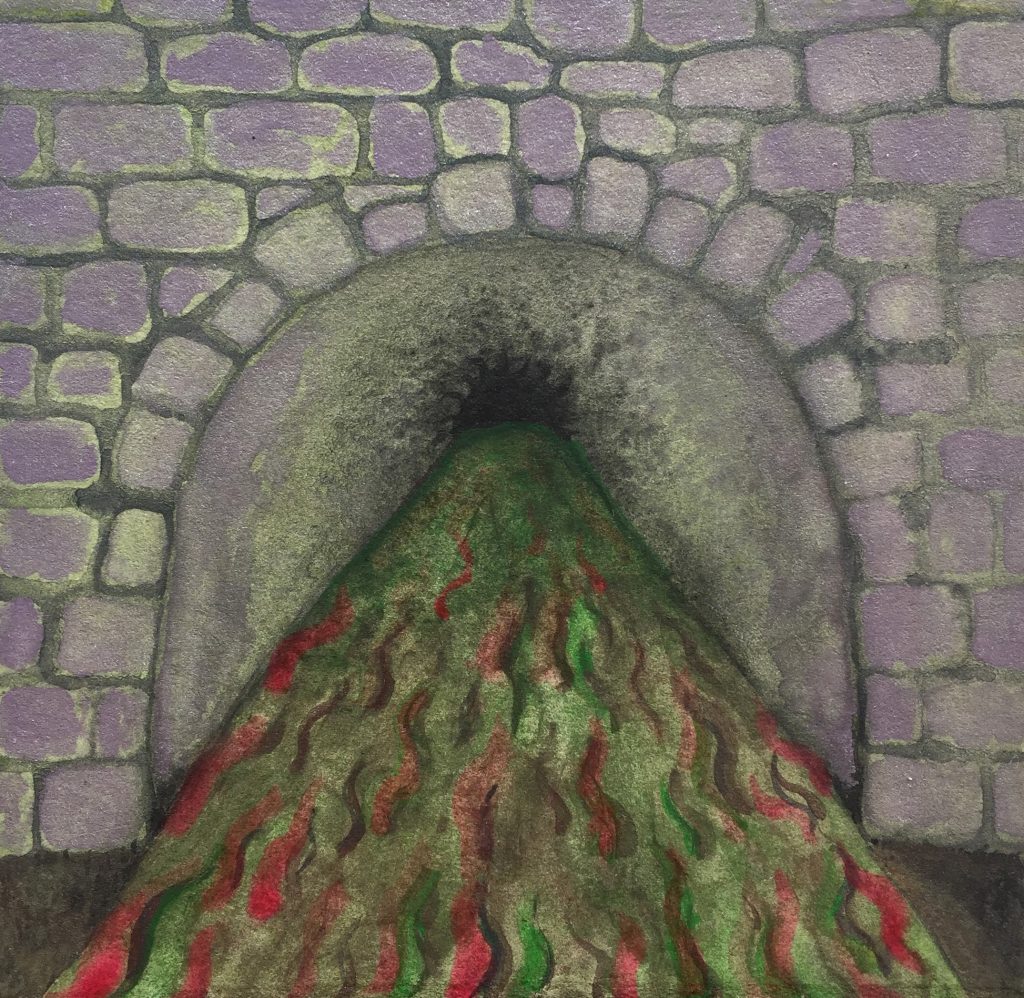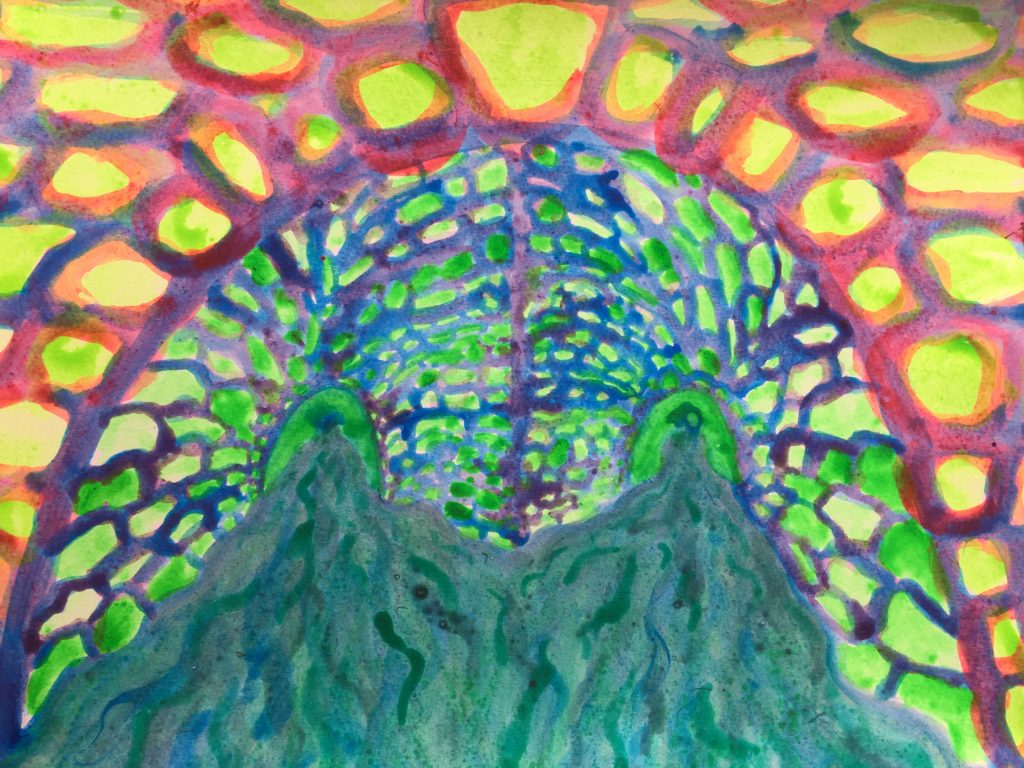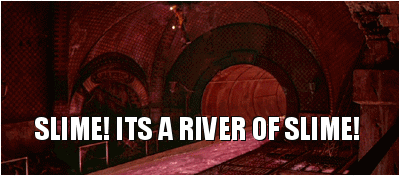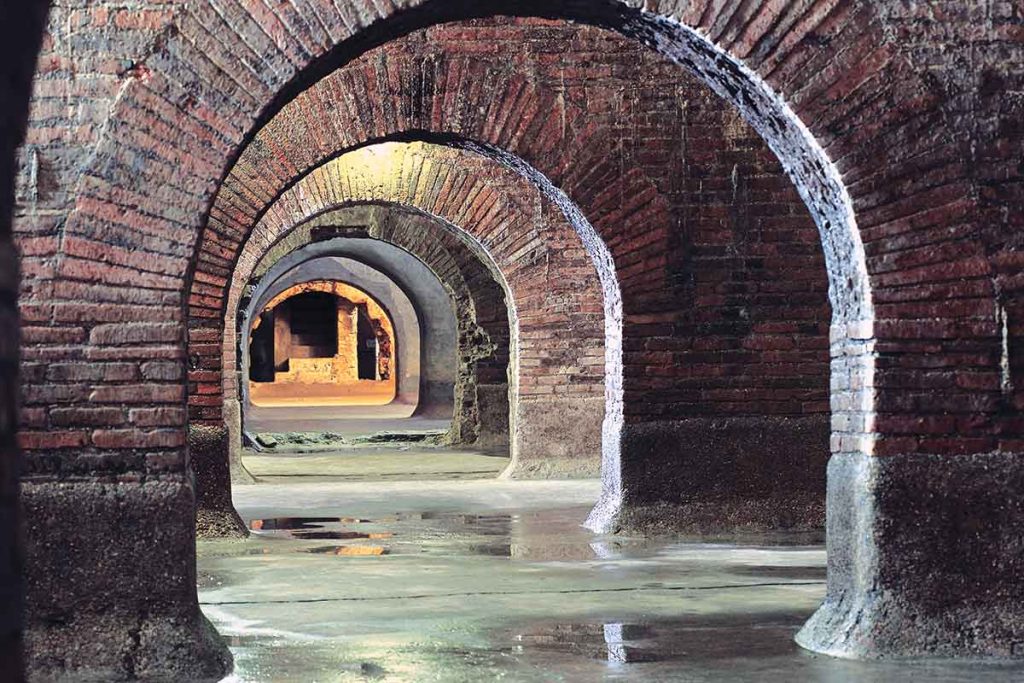


Beneath the streets of Rome lies the Cloaca Maxima (‘The Great Drain’), one of the worlds earliest sewage systems (named after the Etruscan deity Cloacina, a goddess of purity and filth). Pliny The Elder called Rome a “hanging city”, referring to the rivers churning beneath it through the Cloaca Maxima’s depths. It seems this feat of engineering was considered much more than merely a place to dispose of the city’s waste, but was a numinous and mysterious site, a literalisation of the city’s Underworld.
